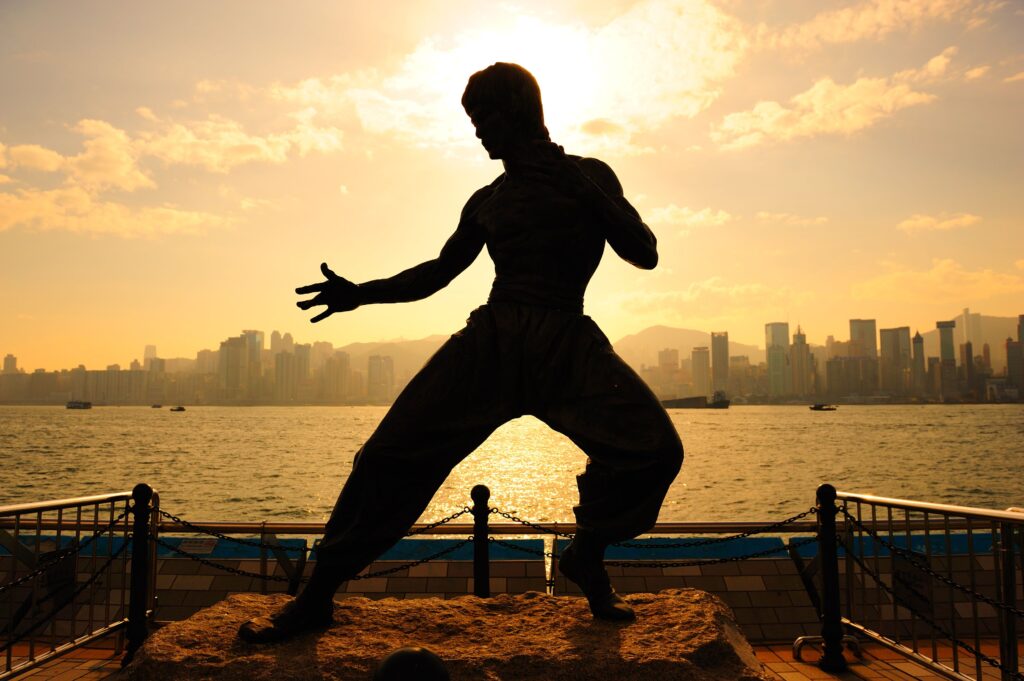Jeet Kune Do is Bruce Lee’s martial art.
It evolved immensely during his lifetime, and as such, there’s a broad spectrum of schools doing various different types of JKD today.

Bruce Lee initially relied heavily on Wing Chun, in both attack and defence, then later reserved Wing Chun’s core principle of “sticking” purely for defence while adopting a far more dynamic, agile, rangy, well-rounded system of kickboxing with strong fundamentals from western boxing and fencing for attack purposes.
Students – Ted Wong was Bruce’s last private student, and as such, footage from him is a good measure of Bruce’s latest training methods and priorities. Taky Kimura was Bruce’s highest ranked student of JKD, and was also his best friend, having trained with him for many years; so while the methods taught in his school may include some moves that Bruce once taught then later lost confidence in, there’s still probably an unrivalled density of Bruce’s JKD taught in the school of Taky and his son Andy Kimura today.
Movies – Game of Death was Bruce’s latest movie, and although it was never finished but Enter the Dragon was finished just before he died, Game of Death was Bruce’s real pet project and Enter The Dragon was more of a commercial entity affected by other stakeholders. Still, all of Bruce’s kung fu movies were filmed in the 1970s, in the few years leading up to his death, and serve as great examples of his ways of moving and fighting. Some JKD teachers posit there’s a big difference between cinematic JKD and functional JKD – this may be true in terms of typical move preferences but we shouldn’t rule out the notion of cinematic JKD still being practical within certain contexts because it certainly comes across on screen as being balanced & effective and straight from Bruce’s heart even if occasionally flamboyant.